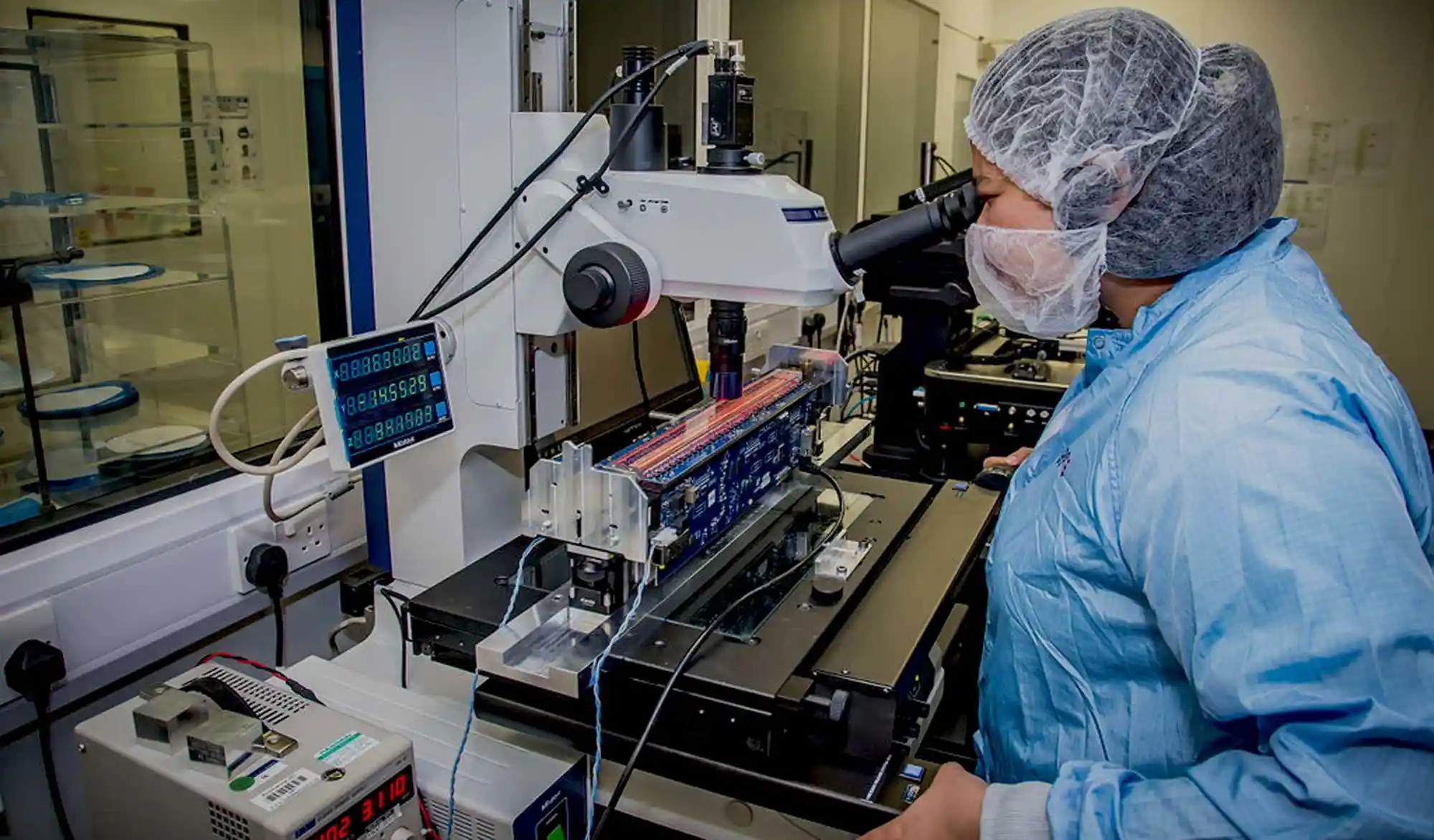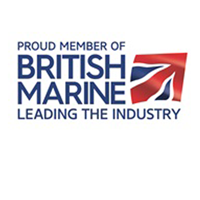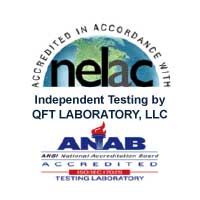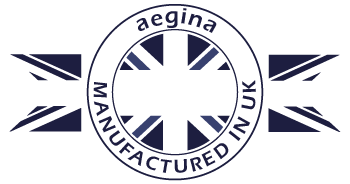Water is essential for life and because of this, it has become increasingly important to ensure that the water we drink is clean and safe. In many parts of the world, however, water purification is not a priority and can often be overlooked. This blog post will explore the importance of water purification and why it’s necessary to keep ourselves safe from potential contaminants.
The Need For Clean Water
Clean water is essential for life, but in many parts of the world, clean water can be scarce or inaccessible. Poor water quality not only affects individuals but also has an impact on local ecosystems and economies.
In areas where the water supply is polluted, communities may suffer health issues due to water-borne diseases, including gastrointestinal ailments and skin infections. And if agriculture has contaminated water with chemicals or sediment, crops may yield lower yields and food security suffers.
To ensure that water remains clean and safe for drinking, bathing and other purposes, it is important to have a proper water purification system in place. This system should be capable of filtering out substances such as bacteria, metals, dissolved solids and organic compounds using a combination of pretreatment techniques like coagulation, sedimentation and ultraviolet light disinfection.
With a good water purification system in place, communities can benefit from improved public health outcomes and better crop yields—ultimately leading to greater economic vitality over the long term. As such, access to clean water is essential for sustaining life on Earth.
By investing in proper water purification technologies today we can help ensure that our planet’s most precious natural resource remains available for generations to come.
Read More: Catalysts of LED Revolution

Purifying Water: How To Ensure Clean And Safe Drinking Water
Alternative purification methods must be used in certain areas of the world that do not have access to water treatment plants. There are several methods of purifying water to make it safe for consumption. Let’s look at some of the most popular methods.
Boiling
Boiling water is one of the oldest and most reliable methods of purifying water. To boil water, you will need to heat it until it reaches its boiling point (212°F / 100°C). Boiling kills most microbes and removes any sediment from the water. Once boiled, the water should be allowed to cool before consumption or storage.
Chlorination
In the world, chlorine is an essential disinfectant used to improve tap water’s taste. Chlorination is another common method for treating drinking water. This process involves adding chlorine-containing compounds such as sodium hypochlorite or calcium hypochlorite to the source water to kill off any harmful microorganisms present.
Chlorination also helps reduce algae growth in reservoirs and tanks that store drinking water supplies. The amount of chlorine required depends on the type and level of contamination present in the source of water.
Sand Filters
Sand filters are effective in trapping dangerous biological materials from water sources by using sand and gravel in a pressurized tank that effectively traps suspended individual contaminant particles in sand and gravel layers before passing them through upper levels of sand where finer particles are held until they pass through finer sand.
They then go on to clarify the liquid further, using activated carbon or some other form of filtration media which helps to absorb organic compounds so that cleaner water emerges at the end of the process. Slow sand filters may be used where there is sufficient land and space, as the water flows very slowly through the filters.
Each step in this process is necessary if one wishes to remove all potentially harmful particles from contaminated water sources before it is used for consumption or agriculture purposes.
Activated Carbon
Activated carbon granules can also be used, which are effective for removing chemicals such as fuel odorants, pesticides, and solvents. Biological treatment plants such as sand beds, sand filters and sand columns may also be needed when dealing with wastewater-generated by industrial operations and agricultural runoff.

Filtration
Filtration is a process used primarily to remove large particles, such as sediment, sand, and silt from drinking water supplies. It also helps reduce levels of certain chemicals such as lead and arsenic found in some groundwater sources. Common types of filtration systems include activated carbon filters, reverse osmosis systems, ultrafiltration systems, and nano filtration systems.
Read More: The Green Tech Boat Show 2022
Get Healthy And Hydrated With Purified Water
Here’s why you should choose purified water over tap or bottled water.
Health Benefits Of Purified Water
Drinking plenty of clean, healthy, and pure water helps maintain the balance of body fluids, which aids in digestion and helps prevent dehydration. Additionally, drinking purified water can help reduce the risk of urinary tract infections and promote overall health. Purified water also helps flush out toxins from our bodies and boosts our immune systems. By drinking purified water rather than just regular tap or bottled water, you can ensure that your body receives all the benefits that come with consuming clean and healthy H2O!
Environmental Impact Of Purified Water
Using purified water also has environmental benefits. Bottled water production produces more than 2 million tons of plastic waste per year, which ends up in our landfills or polluting our oceans—not to mention the amount of energy used to produce these plastic bottles! Tap water may seem like a better option, but it still requires energy to treat the contaminated surface sources for public consumption.
On the other hand, purifying tap or well water does not add any extra carbon emissions into the atmosphere since there is no need for further transportation or production costs associated with it.
Cost Savings From Using Purified Water
Using purified filtered water or well water also saves money compared to buying bottled options at stores or subscribing to a delivery service. While buying one-time-use bottles may seem convenient at first glance, spending on them adds up over time compared to using an at-home filtration system; not only will you save money on purchasing individual bottles but also on gas if you are driving to pick them up yourself!
In addition, many municipalities offer discounts on their utilities depending on how much they can conserve by using less energy during certain times throughout the year; purifying your own tap/well-water may qualify you for such discounts!
At Aegina, we use the latest sophisticated UV LED technology, which has evolved from over 30 years of providing LED solutions to some of the world’s largest and most technically demanding customers. Our goal is to eliminate viruses, germs, bugs, and other contaminants, producing drinking water that is pure, safe, and independently tested to the highest possible standards.
Read More: Paying the Price

Conclusion
In conclusion, purifying water is an important part of ensuring that it is safe for consumption. By using the methods mentioned above, communities can help ensure that their drinking water supplies remain clean and free from contaminants. Doing so will help promote better public health and economic outcomes in the long run.













